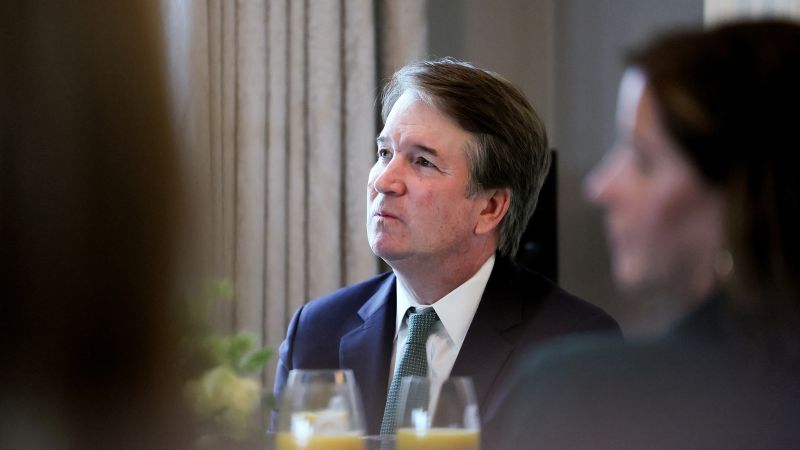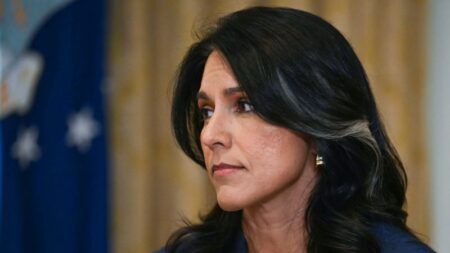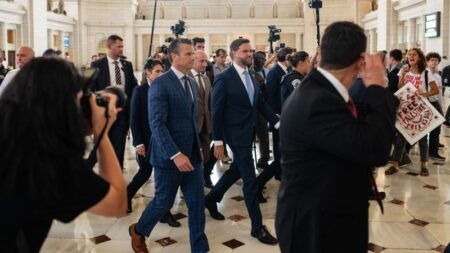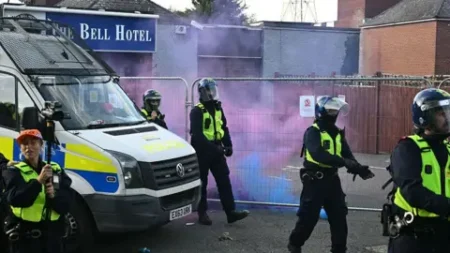Justice Brett Kavanaugh recently addressed growing concerns surrounding the way the Supreme Court has been handling a significant number of emergency cases during President Donald Trump’s administration. Speaking to a gathering of judges and lawyers in Kansas City, Missouri, Kavanaugh attempted to defend the court’s approach amidst criticism regarding the minimal explanations provided for its emergency orders. This criticism has intensified as the court frequently resolves disputes that lead to repeated issues surfacing later, highlighting the complexities of the court’s decision-making process.
A substantial number of these emergency cases relate to policies instituted during Trump’s presidency, particularly in domains such as immigration and the termination of leaders at independent federal agencies. Kavanaugh indicated that the court has indeed produced more written opinions related to its interim orders than in previous years, referencing a significant ruling that limited the scope of nationwide court orders that could impede presidential actions. He acknowledged the necessity for written opinions but warned that there could be potential risks associated with providing too much detail too quickly.
In his address, Kavanaugh pointed out that emergency cases do not culminate in final judgments concerning the legal questions at stake. By detailing too much in interim opinions, justices might inadvertently signal their leanings on issues before conclusive decisions are reached. He articulated concerns over a “lock-in effect,” which might prompt premature judgments documented in written opinions that do not encompass the final consensus of the Court.
Kavanaugh’s comments sparked a dialogue with Justice Elena Kagan, who represents the court’s liberal faction. Kagan has suggested that the Supreme Court should enhance its efforts to elucidate its decisions, thus promoting better understanding among lower court judges and the general public. During a judicial conference in California, she emphasized that clarity is increasingly essential as the court navigates its expanding emergency docket.
This emergency docket, often referred to as the “shadow docket,” is distinct from the merits docket through which justices engage in detailed hearings and deliberations. The emergency cases usually involve minimal briefing, no oral arguments, and rarely result in extensive written opinions. For example, earlier this month, the Supreme Court permitted Trump to advance a plan for large-scale layoffs at the Department of Education, addressed through a succinct order lacking substantial explicative content.
The resulting ambiguity from the court’s decisions has sometimes necessitated revisiting similar issues within weeks, leading to an inconsistent legal framework. For instance, in a prior ruling, the court concluded that Trump could bypass hiring senior labor officials at independent agencies, ignoring an established 1935 precedent which had advocated against presidential interference. This lack of clarity compelled the justices to confront a similar situation soon afterward concerning members of the Consumer Product Safety Commission, ultimately deciding against the initial ruling.
Such criticisms of the emergency docket resurfaced once again with the influx of cases associated with Trump’s administration. The Court consistently sided with Trump’s policies, allowing actions that have far-reaching implications, including the dismissal of agency board members, barring transgender individuals from military service, and terminating protections for specific immigrant groups.
Kavanaugh noted that presidents typically run for office with agendas aimed at accomplishing significant tasks, pointing out that all recent presidents, irrespective of party affiliations, engage rapidly with policy implementation, often leading to legal challenges. This pattern has resulted in an increased instance of emergency cases reaching the Supreme Court, a scenario that Kavanaugh attempts to explain while addressing the relevance of maintaining a balance between expediency and thorough analysis.
The Supreme Court has made strides to mitigate criticisms surrounding its emergency docket. Several cases have been subjected to oral arguments, allowing for a deeper exploration of contentious issues, such as Trump’s executive order concerning birthright citizenship. However, the implications of such decisions continue to evolve, as demonstrated by lower court actions that have halted Trump’s policies at various junctures.
In his remarks, Kavanaugh underscored the value of an independent judiciary, failing to address recent controversies raised due to Trump’s inflammatory rhetoric towards lower-court judges. He termed the independent federal judiciary as akin to the “crown jewel of our constitutional democracy,” urging the collaborative effort of the bench and bar to uphold judicial independence. Kavanaugh concluded by emphasizing the importance of sustaining a principled rule of law to ensure coherence across the United States, reinforcing the judiciary’s critical role within the broader framework of democratic governance.











